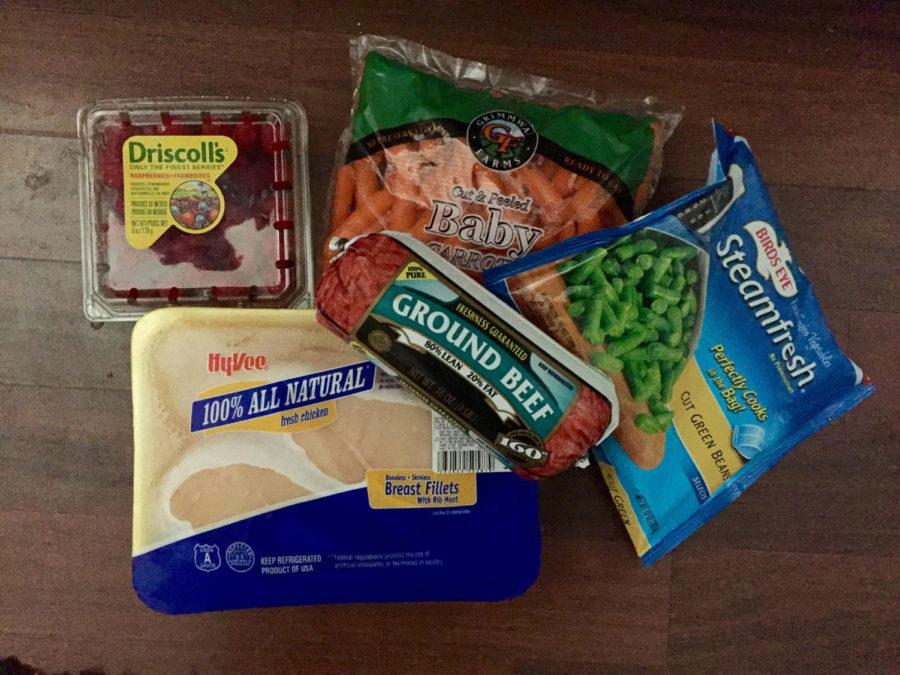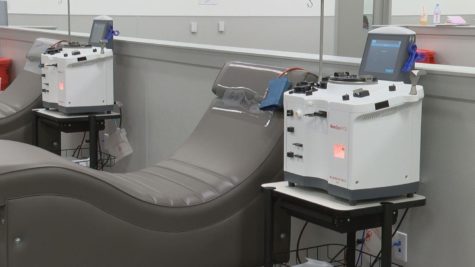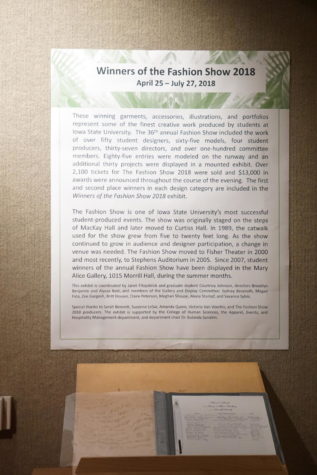Properly preparing food
Anna Chandler/Iowa State Daily
preparing food.jpg
February 25, 2016
Whether you’re a newcomer to the kitchen or a professional chef, it’s important to follow strategies for properly preparing food.
Some popular restaurants have recently experienced quite a few outbreaks from food sickness.
E. coli brought well-known fast food chain Chipotle’s sales down 11 percent in the fourth quarter of 2015.
Others have also been caught in the thick of it, from simple food poisoning to severe cases of salmonella. These viruses are typically caused from lack of food preparation during production or in the brick and mortar store.
Before even beginning the cooking process, it’s imperative to wash your hands before touching any food. It’s recommended to use warm water and soap to deteriorate any bacteria on your skin. After you dry your hands, ensure that the workspace you will be using is clean so there is no cross contamination. Once this is complete and foods are separated into their specific locations, the cooking can begin.
Poultry and raw meat are the most common and easiest types of food to be misprepared. Hot food should be held above 140 degrees, according to the USDA Food Safety website. These foods include all raw beef, pork, lamb and steaks. Cooking food at the correct temperature ensures that all harmful bacteria is killed in the process. Once the food is cooked to the legal temperature, consumers can decide how they enjoy their meals.
Another proper technique to cooking meat is having multiple utensils. Never serve or eat food with a tool that has touched raw meat. This guarantees that you will not consume any remnants of raw meat or juice that were left behind in the cooking process.
In addition to cooking meats to a boiling temperature, washing fruits and vegetables are also vital to proper nutrition and intake. Many people have advised washing fruits and vegetables under cold running water before eating them. This strategy helps remove germs and dirt that may lay on the surface.
Lastly, it is important to check the labels of food purchased. Typically, the dates marked on tags are pretty strict because of national standards. If you know how to properly understand if food is still edible, you are probably safe to use it for a few days or weeks after. This is most common with non-perishable items rather than meats and vegetables that don’t last as long. Also be sure to check the label to understand how the food needs to be stored.
With these tips and tricks, you are sure to keep yourself and those around you healthy and eating in a safe and correct manner.

















